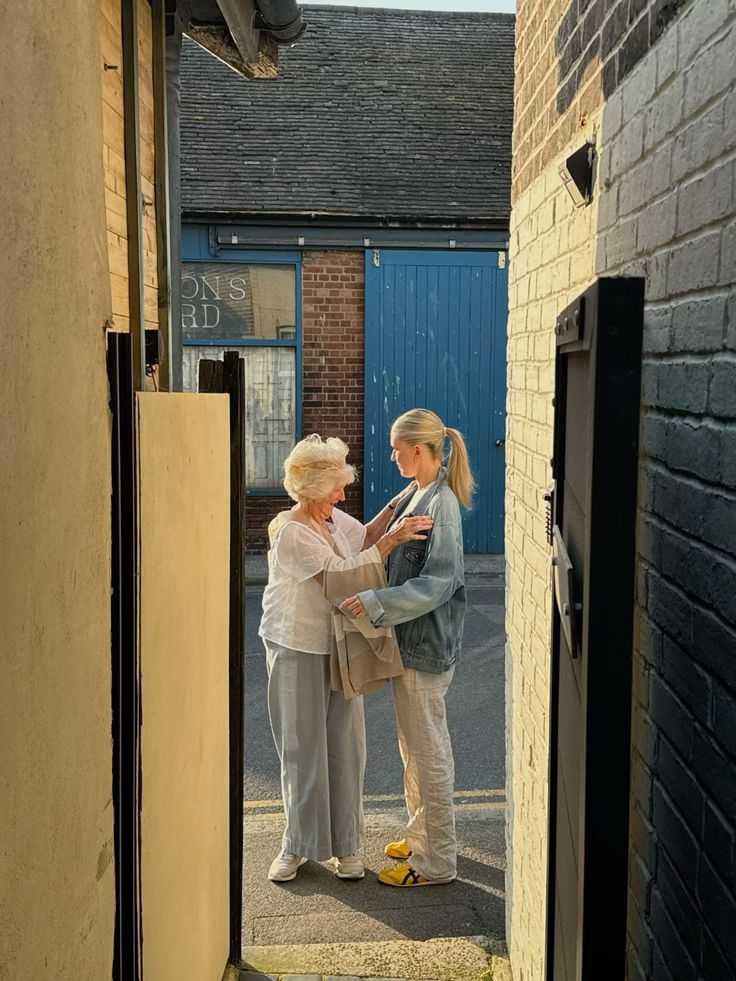It’s 2:47 a.m. After a long day at Zoom University, you’ve shut down your laptop and put away all your homework. You completed your nightly skincare routine, put on your favorite pair of PJs, doused the lights and soundly tucked yourself in bed — but sleep escapes you.
Sometimes, falling asleep at night isn’t as easy as it seems, especially if there’s a lot on your mind. Whether you’re thinking about a weekly to-do list, worrying about that next big exam or finding it difficult to quiet any persistent thoughts, VALLEY’s got you covered with some tips and tricks to fall asleep. Try incorporating these strategies into your nightly routine to wind down before bedtime.
Read a Book

Instead of reaching for your phone to watch the next TikTok superstar, try taking a trip to the bookshelf nearest you. Reading an old-fashioned paperback book is a great way to unwind from a long day of classes. With intriguing characters and a captivating plotline, books are a perfect source of entertainment to refocus your energy before falling asleep. Plus, they come without any of the extra screen time (which can actually disrupt sleep cycles!).
When picking out your bedtime reads, make sure it is something you enjoy reading! A great book should put your mind at ease, not over-stimulate it. For example, if spooky ghost stories aren’t your thing, you might want to opt for something a little more light-hearted.
Also, it’s always a good idea to have at least two fun books in your bedroom at any given time. This way you’ll always have something available in the event of a, particularly restless night. If you’re in a pinch and don’t have any extra novels on hand, you can always revert back to some textbook reading. However, it’s always best practice to separate your work time from sleep time.
Bedtime Yoga
Another great way to relax before bedtime is by doing some yoga. Providing the perfect combination of light exercise and gentle stretching, yoga will help relieve any tension in the mind and body, setting you up for a peaceful night’s sleep.
Great news is you don’t have to be a yoga expert to get started. Try following a quick and simple yoga routine on YouTube. You can do these exercises right in bed or on the floor: wherever you’re most comfortable.
Sleepcasts

Remember when you were little, how cozy and sleepy you felt after hearing a bedtime story? Listening to a friendly voice read off the pages and imagining lovely scenes was the perfect way to end the day. Thankfully, bedtime stories aren’t just for kids anymore. Sleepcasts are the adult equivalent.
Combining storytelling with relaxation exercises, sleepcasts is another resource if you’re having a difficult time falling asleep. VALLEY highly recommends listening to sleepcasts from Headspace, a company specializing in a guided meditation. All you need is your phone—no storybooks required.
However, to access the full library of sleepcasts and other guided meditations from Headspace, you’ll have to purchase a subscription. The good news is Headspace has a student discount. Normally, an annual subscription to Headspace is $69.99 per year. Their student-pricing on the other hand is $9.99 — for the entire year. You can purchase your student subscription here.
If you’re not willing to sink ten dollars into a year-long investment, you can still download the app and listen to any guided meditations available for free. Listen to Headspace’s sleepcast “Rainday Antiques” without signing up for a subscription. This sleepcast features relaxation exercises at the beginning and describes a lovely antique store during a rainy night. While it is the only free sleepcast available on Headspace, it has a few different introductions paired with the same storyline.
Listen to Music
When there are a lot of thoughts going through your mind, having a little bit of background noise may help you fall asleep. While you should listen to anything you like, VALLEY recommends selecting a track without any spoken words. This way you can focus on the sounds rather than the lyrics.
Try seeking out some music that you might hear in a spa. These gentle instrumentals and calming rhythms will transform your bedroom into a sleepy oasis. Take in all of the soothing sounds to achieve a restful and relaxed mindset.
YouTube, Apple Music and Spotify have a number of sleep tracks and playlists put together as well, something to suit each individual’s taste.
Journaling

Some nights it feels like you can’t clear your mind no matter how hard you try. After all, there are a lot of things to think about when you’re a college student. When all else fails, try journaling.
Physically writing out your thoughts and putting them away is an exercise to quiet the mind. Start by grabbing your journal (or a piece of paper) and a pen. Then, simply write down anything that comes to mind. Whether you choose to visualize worries, things you’re grateful for, a to-do list for the next day, old memories or even the things you did during the previous day, there is no pressure to select a concrete topic. Just write. Once you’re finished scribbling down some ideas, close up your journal and lay down to fall asleep. By tucking away your thoughts in a journal, you no longer have to think about them.
If you are consistently struggling to fall asleep at night, consider seeing a sleep specialist or schedule an appointment with Penn State’s wellness services for additional guidance and support. You can make an appointment here.
Wind down before bedtime with these strategies and let VALLEY know how they’re helping you destress before bedtime. Tag us @VALLEYmag on Instagram!





